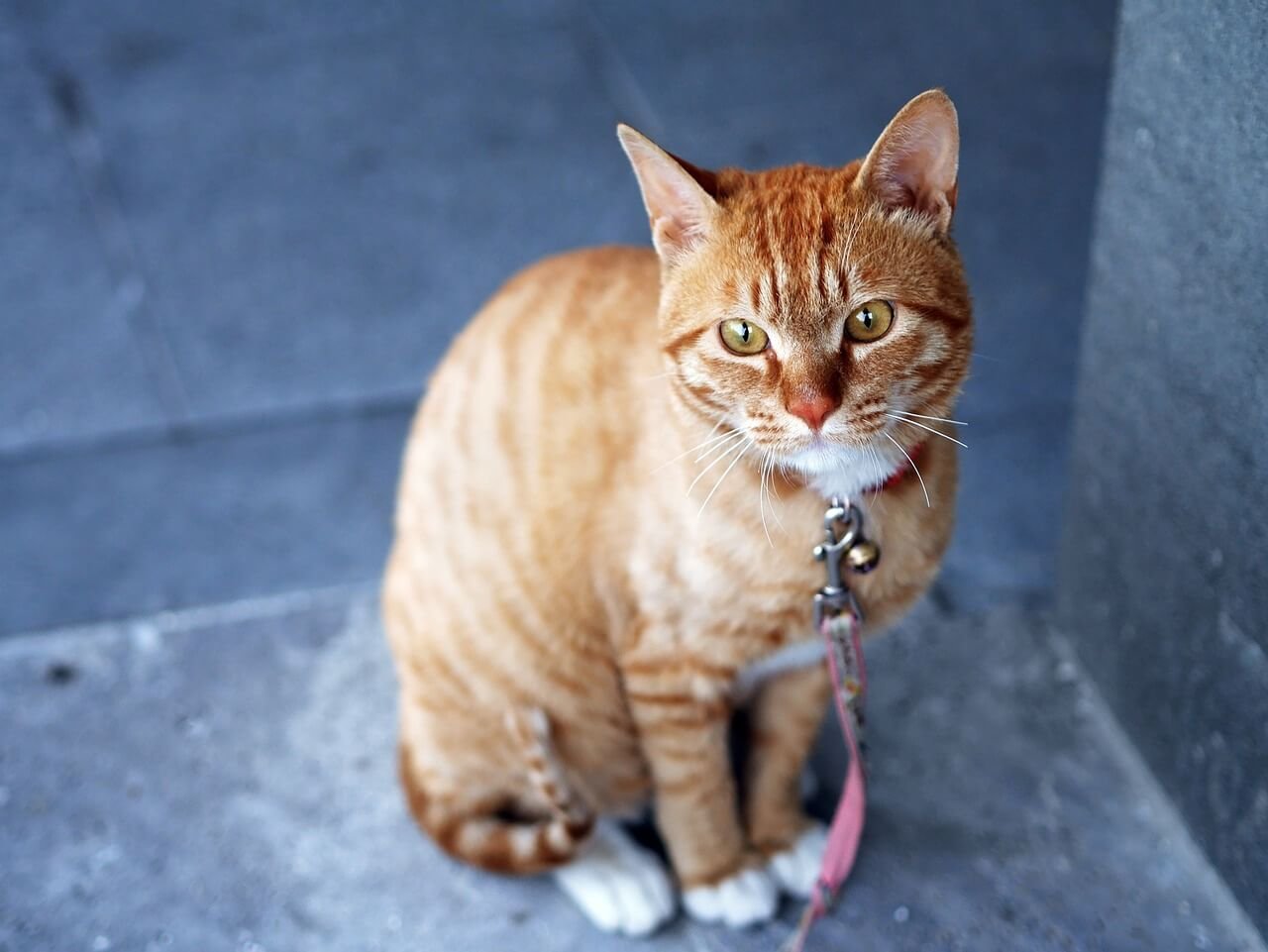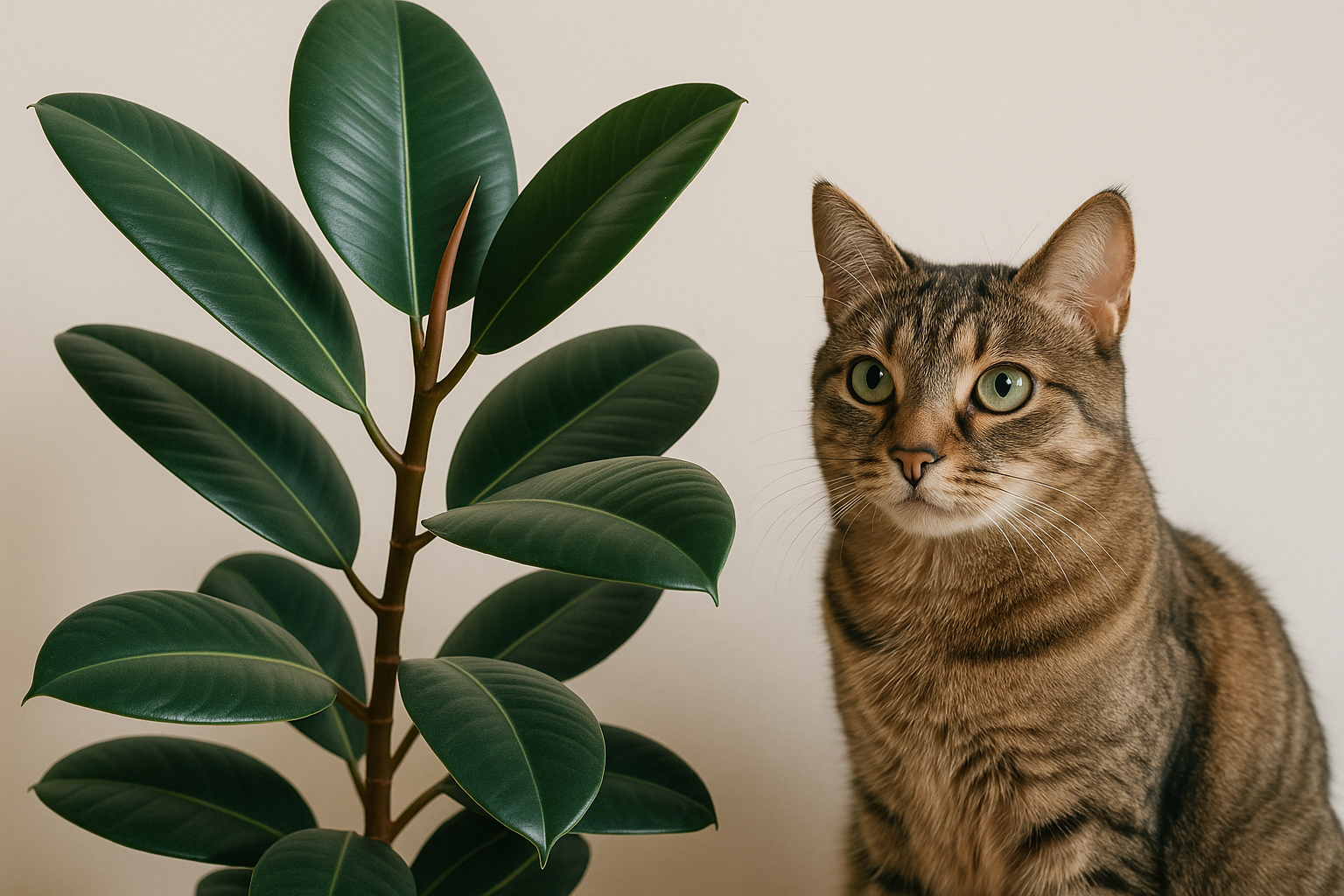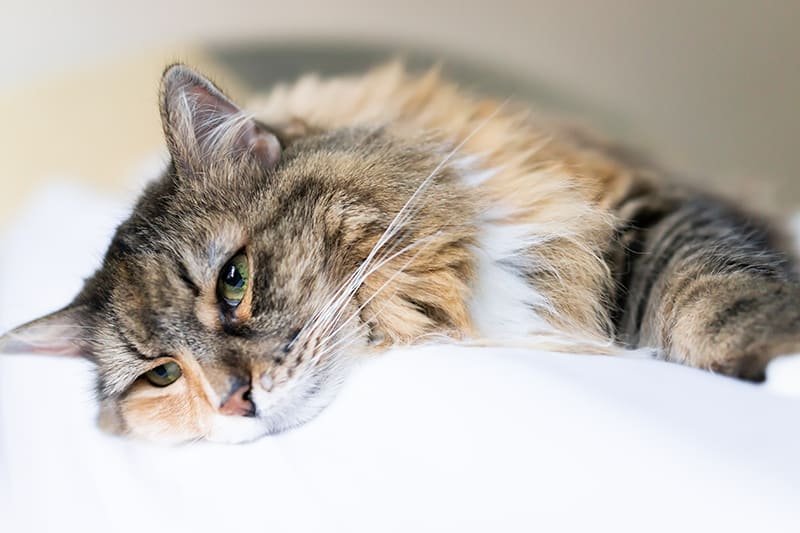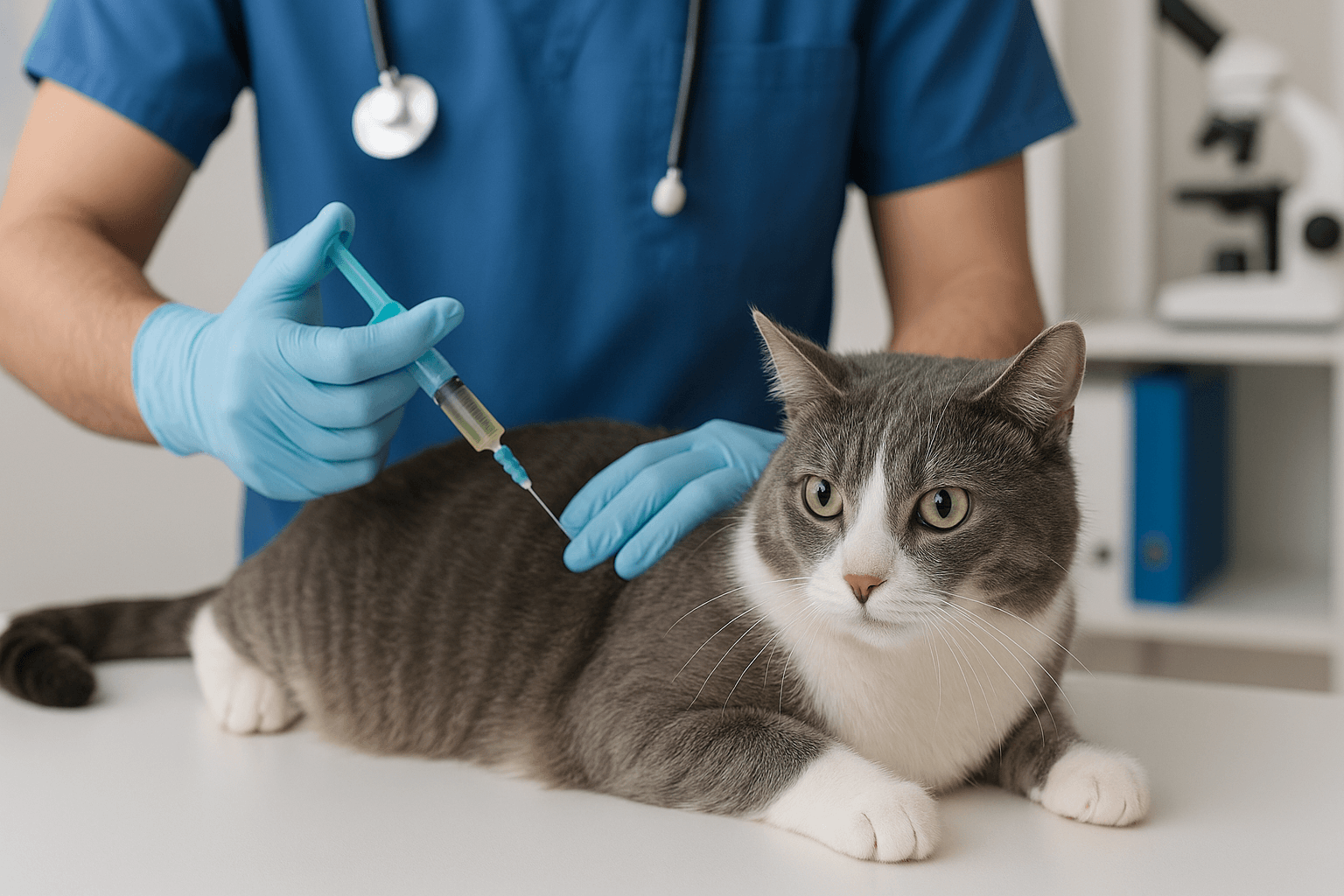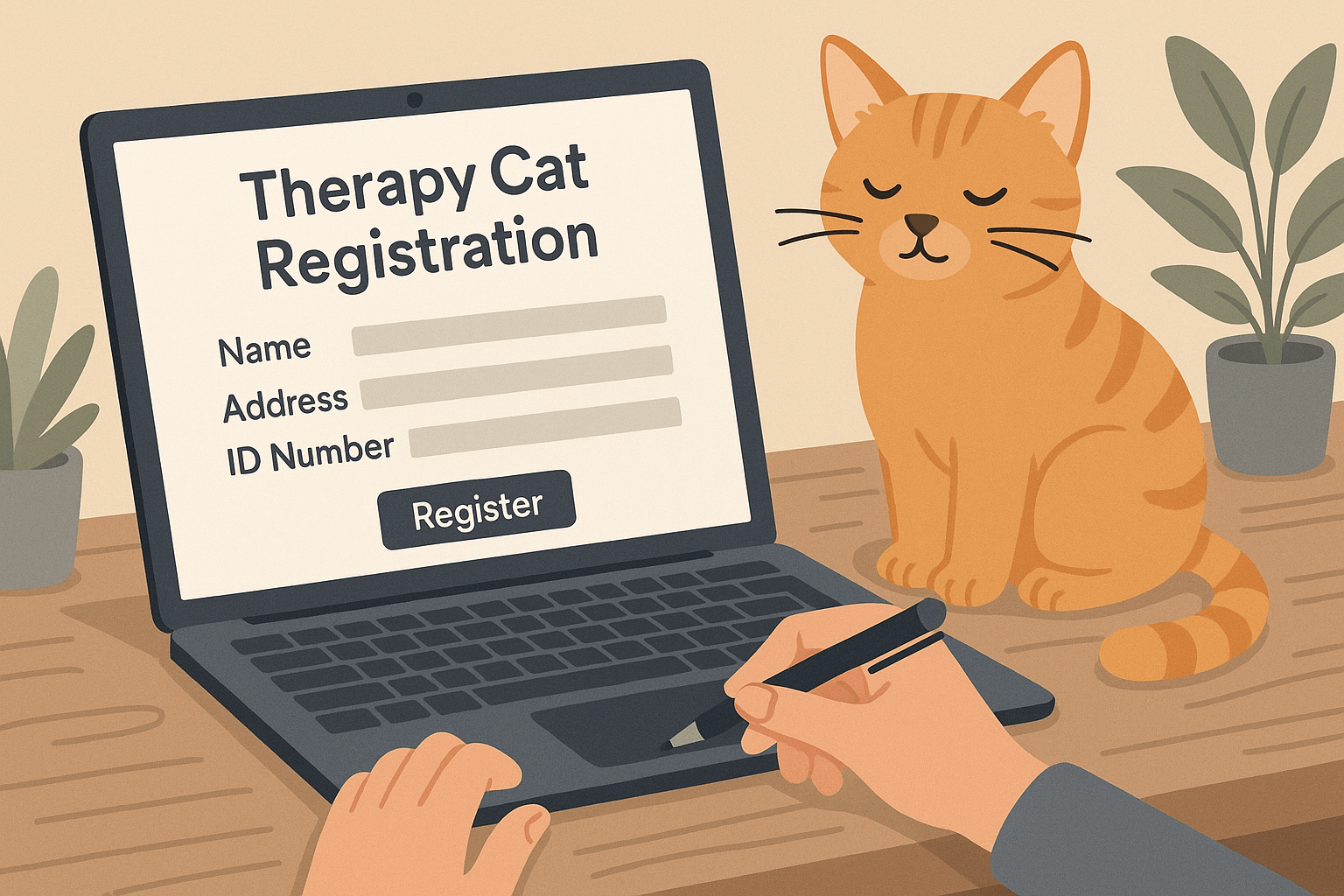Cat Sneezing No Discharge: What You Need to Know
Cats are known for their playful antics and quirky behaviors, but when your feline friend starts sneezing without any visible discharge, it can leave you puzzled. While occasional sneezing is usually harmless, persistent sneezing could indicate an underlying issue that needs attention. Understanding the potential causes and knowing how to respond can help ensure your cat stays healthy and happy. In this guide, we’ll explore everything you need to know about cat sneezing no discharge, from common triggers to practical tips for addressing the problem.
Common Causes of Cat Sneezing Without Discharge
When a cat sneezes without noticeable discharge, it’s often a sign of irritation or mild discomfort rather than a severe illness. Here are some of the most common causes to consider:
Environmental Irritants:
Dust, pollen, or strong odors like cleaning products can irritate your cat’s nasal passages, triggering sneezing fits.Dry Air:
Low humidity levels, especially during winter months, can dry out your cat’s nasal passages and lead to sneezing.Foreign Objects:
Small particles like grass seeds or bits of litter may get lodged in your cat’s nose, causing irritation and sneezing.Allergies:
Cats can develop allergies to food, dust mites, or other environmental factors, which may manifest as sneezing without discharge.Playful Behavior:
Sometimes, cats sneeze simply because they’re excited or engaging in playful activities—it’s a natural reflex!
While these causes are generally harmless, persistent sneezing should always be monitored to rule out more serious conditions.
How to Address Cat Sneezing Without Discharge
If your cat is sneezing without discharge, there are several steps you can take to address the issue and provide relief. These practical tips can help identify and resolve the underlying cause.
Inspect Your Home Environment:
Check for potential irritants like scented candles, air fresheners, or dusty areas that might be triggering your cat’s sneezing.Increase Humidity Levels:
Use a humidifier to add moisture to the air, especially during dry seasons, to soothe your cat’s nasal passages.Check for Foreign Objects:
Gently examine your cat’s nose for signs of foreign particles. If you suspect something is stuck, consult your vet for safe removal.Monitor for Allergic Reactions:
Observe whether your cat’s sneezing coincides with specific foods, new bedding, or changes in their environment.Provide Calming Spaces:
Create quiet, stress-free areas where your cat can retreat if they feel overwhelmed or irritated by external stimuli.
By taking these proactive measures, you can often alleviate sneezing episodes and improve your cat’s overall comfort.
Check this guide 👉Cat Sneezing and Vomiting: Best 7 Expert Tips!
Check this guide 👉Why Is My Cat Sneezing Blood? Best 7 Expert Tips!
Check this guide 👉How to Make a Cat Sneeze: Best 7 Expert Tips!
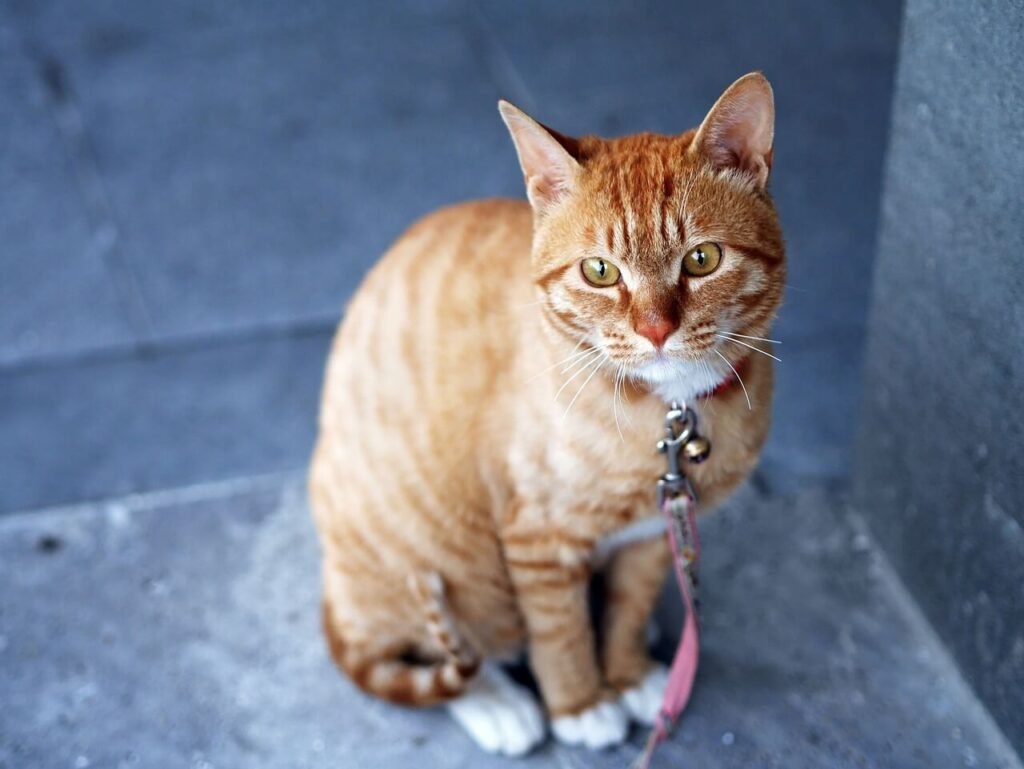
Preventive Measures | Signs to Watch For |
|---|---|
Keep your home free of strong odors | Frequent sneezing fits over several days |
Use a humidifier during dry seasons | Changes in appetite or energy levels |
Regularly clean your cat’s living area | Difficulty breathing or wheezing |
Avoid smoking near your cat | Pawing at the face or nose repeatedly |
Provide hypoallergenic bedding | Behavioral changes like lethargy |
When to Consult a Veterinarian
While occasional sneezing is normal, certain symptoms or patterns may indicate the need for professional evaluation. Knowing when to seek veterinary care ensures your cat receives timely treatment.
Persistent Sneezing Episodes:
If your cat sneezes frequently over several days without improvement, it’s time to consult a vet.Accompanying Symptoms:
Look for additional signs like coughing, wheezing, or difficulty breathing, which could point to respiratory issues.Behavioral Changes:
A sudden decrease in activity, appetite, or social interaction may signal an underlying health problem.Unexplained Weight Loss:
Significant weight loss alongside sneezing could indicate a more serious condition requiring medical attention.Recurrent Issues:
If sneezing occurs repeatedly despite addressing environmental factors, your vet may need to investigate further.
Prompt veterinary care can help diagnose and treat any underlying issues before they escalate.
Tips for Maintaining Your Cat’s Respiratory Health
Preventing sneezing and supporting your cat’s respiratory health involves consistent care and attention. Follow these tips to keep your feline companion in top shape.
Regular Vet Check-Ups:
Schedule routine veterinary visits to monitor your cat’s overall health and catch potential issues early.Balanced Diet:
Feed your cat a nutritious diet rich in vitamins and minerals to boost their immune system and respiratory health.Clean Living Space:
Vacuum and dust your home regularly to minimize allergens and irritants that could affect your cat.Limit Exposure to Smoke:
Avoid smoking indoors, as secondhand smoke can irritate your cat’s respiratory system and lead to sneezing.Observe Seasonal Changes:
Be mindful of seasonal allergens like pollen and adjust your home environment accordingly to protect your cat.
By incorporating these practices into your routine, you can help maintain your cat’s respiratory well-being and reduce sneezing episodes.
Additional Tips for Reducing Cat Sneezing Episodes
While sneezing without discharge is often harmless, there are steps you can take to minimize its frequency. Implementing these strategies can help your cat feel more comfortable and reduce the likelihood of irritation.
Use Air Purifiers:
Invest in a high-quality air purifier to remove allergens, dust, and other particles from your home’s air.Switch to Natural Cleaning Products:
Opt for non-toxic, fragrance-free cleaning products to avoid exposing your cat to harsh chemicals.Regularly Wash Cat Bedding:
Clean your cat’s bedding frequently to eliminate dust mites and other potential irritants.
By taking these preventive measures, you can create a healthier environment that minimizes sneezing triggers for your cat.
Signs Your Cat May Need Immediate Veterinary Attention
While occasional sneezing is normal, certain symptoms accompanying sneezing episodes may indicate a serious health issue. Recognizing these signs ensures your cat receives prompt care.
Labored Breathing:
If your cat struggles to breathe or exhibits rapid breathing patterns, it could signal a respiratory problem.Lethargy or Weakness:
A noticeable drop in energy levels or reluctance to move may indicate your cat is unwell.Nasal Discharge Appears Later:
If sneezing progresses to include nasal discharge, especially if it’s yellow or green, it may point to an infection.Facial Swelling:
Swelling around the nose or eyes could suggest an injury or infection requiring immediate attention.Loss of Appetite:
Refusal to eat or drink over 24 hours is a red flag that warrants a vet visit.
Being vigilant about these warning signs helps ensure your cat gets the care they need before conditions worsen.
Ways to Boost Your Cat’s Immune System
A strong immune system can help your cat fight off minor irritations and reduce the likelihood of sneezing episodes. Here are some ways to support their overall health.
Provide Omega-3 Fatty Acids:
Incorporate omega-3 supplements or foods like fish oil into your cat’s diet to promote respiratory and immune health.Ensure Adequate Hydration:
Encourage your cat to drink water by providing fresh sources and considering a cat water fountain.Offer Mental Stimulation:
Engage your cat with toys and interactive play to reduce stress, which can weaken their immune system.Maintain a Consistent Routine:
Cats thrive on routine, so keeping feeding, play, and rest times consistent supports their overall well-being.Limit Exposure to Sick Animals:
Avoid contact with other pets showing signs of illness to prevent the spread of infections.
By focusing on these immune-boosting strategies, you can help your cat stay resilient and better equipped to handle minor irritations.
Frequently Asked Questions About Cat Sneezing Without Discharge
Is sneezing normal for cats?
Occasional sneezing is normal, but frequent or persistent sneezing may indicate an underlying issue.
Can allergies cause sneezing in cats?
Yes, cats can develop allergies to environmental factors, food, or household items, leading to sneezing.
Should I be worried if my cat sneezes once or twice?
No, isolated sneezing incidents are usually harmless and don’t require concern.
How can I tell if my cat has a respiratory infection?
Look for symptoms like nasal discharge, coughing, wheezing, or lethargy, and consult your vet if these occur.
What can I do to soothe my cat’s sneezing?
Improve air quality, increase humidity, and remove potential irritants to help alleviate sneezing.
Understanding and Supporting Your Cat’s Health
Cat sneezing without discharge is often nothing to worry about, but staying informed and observant is key to ensuring your pet’s well-being. By identifying potential causes, addressing environmental factors, and seeking veterinary care when needed, you can help your cat stay healthy and comfortable. Remember, every cat is unique, and what works for one may not suit another. With patience and dedication, you can provide the best care possible for your furry companion and enjoy many happy years together.
Is the Rubber Tree Cat Safe? Best 7 Expert Tips! Discover expert advice on keeping rubber plants safely in cat-friendly homes and learn top tips for pet-safe plant care.
Low Red Blood Cell Count in Cats: Best 7 Expert Tips! Discover causes, symptoms, and treatment options for feline anemia. Learn how to support your cat’s health effectively with expert advice.
Understanding Megacolon Treatment: Best 7 Expert Tips! Discover effective strategies to manage feline megacolon, from dietary changes to surgical options, ensuring your cat’s comfort and long-term health.
How to Register a Therapy Cat: Best 7 Expert Tips! Discover essential steps to certify your cat as a therapy animal, prepare them for training, and make a meaningful impact in therapeutic settings.

